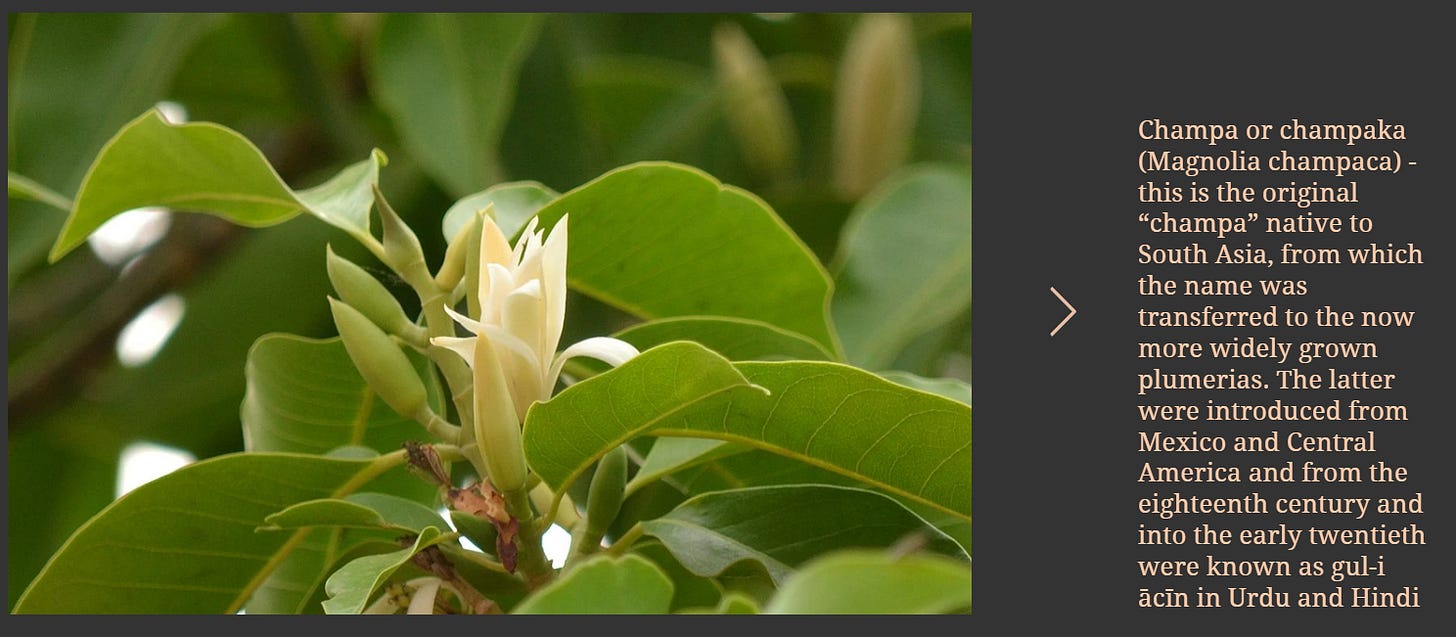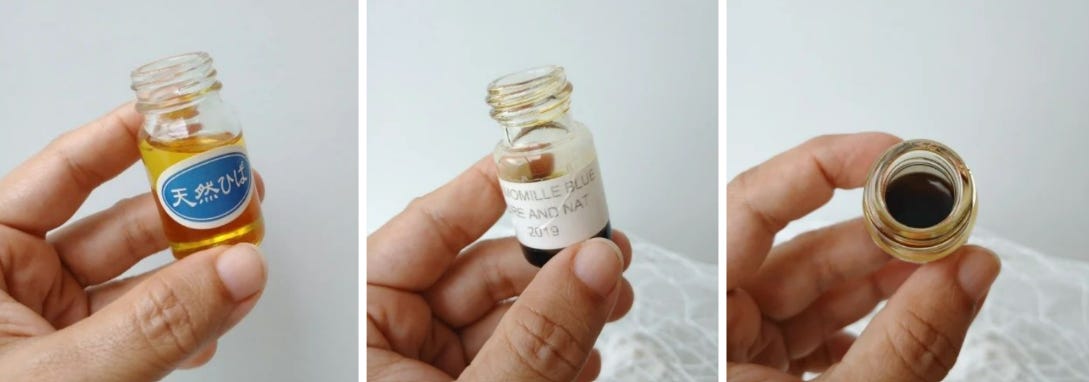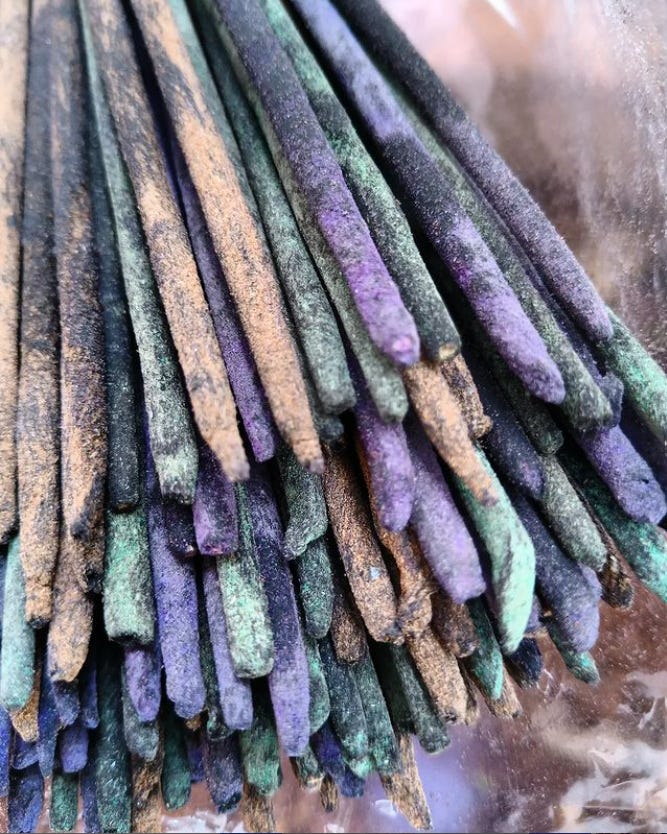Last week my artist-friend asked me how she could word her request for a business class ticket in her proposed budget for an art thing. I told her not to overthink it, to state that she requires such an airfare for any 5+ hour flight. Say less, explain nothing. There is unfathomable wealth circulating in the upper echelons whereas the budget cultural producers ask for is practically living wages. We should not feel shame about this.
What liberated me from the art world see-saw was the realisation that I hated being strung along this route of dangled carrots, so why don’t I refuse this premise in the first place? Outside of a world of ambivalent promises, there is no other shoe to drop. Writing is a solitary process but being an art critic, even more so. It’s me and my ability to say the things that need to be said, whatever the consequences. This existence is somewhere between brave and stupid as I face rejection all around. The process of letting go of old anxieties (“I must have said/done something wrong”) has not been easy but this year has been very relaxed. I think the last person who yelled at me with expletives over the phone all the way from America was in January. They did not like my newsletter (among other things) so I kindly unsubscribed and blocked them. My readers should not suffer, so please feel free to unsubscribe, it is nothing personal.

Alien-nation 🛸
I’ve spent my entire childhood and adulthood being yelled at, but even now, as a woman in my early 40s, I don’t know what it is, but maybe I look very young and “girlish” or I don’t have a husband and hold no position in society; or maybe my blunt views make me look naive, but people do feel very free to come in my way and yell at me to…ensure I know my place? I never have the energy or sassiness in those moments of humiliation so I diassociate and barely have a proper memory of it later. I feel like I was yelled at the whole of 2022, which is when on the advise of my psychologist-friend, I began to explore resources on autism and ADHD. Women generally learn to mask their feelings early in life, going along to maintain peace and safety but research on how women are affected by medical/psychiatric treatments that take into account our harmonal cycles (two weeks upper, two weeks downer) is only just emerging.
As there is no straightforward checklist, this year I observed what works and got rid of what didn’t. First thing to handle was my sensory overwhelm: touch, sound, light, people. I have hermetically sealed myself in my pink-walled apartment. A rowing machine keeps me happy and I only step out if I need to. I fixed silicon/rubber along all my doors and windows so I am not startled by construction noise or when my neighbour takes their aggressive dog out for a walk three times a day. Two large windmill-palm fronds tied to the railing of my balcony, very beautifully block daylight brightness. A swish new air purifier creates enough white noise to block out the ear-piercing high-pitched sound of a 24/7 water-pump machine. I also bought some ear plugs at the advise of my friend. I bought a jute carpet to absorb all the echo. I like the feel of it on my feet so I further experimented in how diffusive this material is by spraying camphor and cedarwood oil-blend onto it. I recommend this very much.
One of the things I have been advice-yelled at is for not doing business properly. But the perfumery practice— that I build at my weird and leisurely pace — has provided such a decent income so far that I was able to put away savings for the first time since 2008. To say that my life is rather comfortable, peaceful and people-free (plus three IRL best friends) is quite the accomplishment!
Oh BTW, my artist-friend's budget got approved no questions asked.
I spent the last week testing samples of perfume and incense from a proper posh brand that my friend in London kindly sent me. I wanted to see for myself if my work was on par but experiencing these ridiculously expensive products confimed that I exist in my unparalleled brillinace so I never have to entertain this question again.
I also sorted my bag labelled “Art Fair clothes”, filled with beautiful outfits from a decade ago that metaphorically and literally do not fit anymore. Since these garments (purchased 2009-2017) were so well made, I decided to refurbish whatever I could.
The first thing I did was cut my old indigo kimono in half and turn it into a top and a skirt. It wasn’t alot of work, so I stitched it by hand (I don’t know how to use a machine). The softness of well worn silk and cotton still felt luxurious and it made me think about what true luxury means. Since 2019, I have been wondering how to translate the inkiness of indigo but I could not figure out what natural scent materials would convey that prussian-blue warmth and sensuality.
Each time I arrive at a creative block, I delve into mindless, repetitive tasks— cleaning, cooking, organising, stitching, soap-making, rowing…
…Blue chamomile! Once I had finished stitching up my “new” garment (pictured), I looked through the high altitude materials that I had neglected all summer because dense, woodsy notes are too difficult to inhale during a heatwave. Blue chamomile and Hiba wood oil (Japan) as the central components with valerian root, carrot seed and cedarwood were perfect for this Indigo & Cashmere translation.

I kept the formulation simple and left it to rest with plenty galaxolide musk (think of this aroma chemical as a “loudspeaker” that amplifies woolliness, silkyness, clean cotton-linen-softness, metallic sheen, and camphorous-crispness).
Then I made an incense version that fares well in the cold monsoon air by combining sticks of lotus, agarwood and vetiver that my workshop makes to my specs, and sprayed them with my blend of Indigo perfume.

Now that our heat-wave season has shifted to monsoon season, I feel enthusiastic to start a terrace garden from scratch. When I moved into my new flat in 2019, I stupidly bought alot of plants without observing the direction of the sun or having any understanding of soil. By 2021, I lost all the plants I had spent so much money on. After clearing everything out, I went to the nursary sticking to my budget and avoiding the interior-decorator traps.
Along with a “Zebrina” banana plant, I acquired a champaca-magnolia which had a blossom on it. I brought it home, and before its smell faded, I sat with a number of aroma chemicals and natural materials, alternately smelling them and the bloom in order to find the closest match. According to Nicolas, the white champaca is a different species (or natural hybrid), while the yellow and orange ones (depicted in the Rajput painting above) seem to be different variants of the same species. The white flower’s scent is maybe not quite as heavy-sweet and “tropical”.
The perfume “Champaca” smells as light, airy, sweet and faintly like jasmine grandiflorum, as the flower itself. I am very proud of this one.
We rarely get a sense of the real plant extract or of the plant itself, and even as a perfumer, I do not know what certain flowers smell like, so here is a glimpse of some precious materials.
Main elements of my Indigo & Cashmere perfume:

The prime material in my Champaca perfume:

Vasudhaa Narayanan, Features Editor of the amazing Bangalore based design magazine “The Irregular Times”, interviewed me in April about my individual practice as a critic-perfumer, my collaborative approach with gardener-scholar Nicolas Roth and my recent skirmish with an American institution. Access the pdf here.










